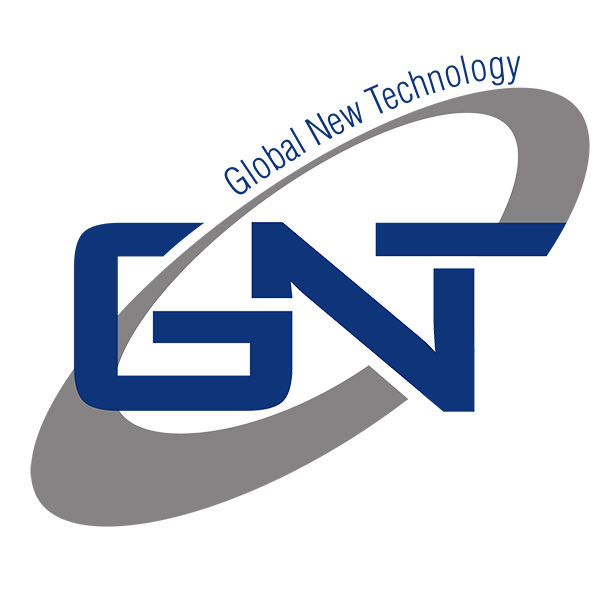Production Process Optimization
The Industry faces demanding challenges in the optimisation of manufacturing processes and product quality assurance. This makes it increasingly important to implement continual testing of semi finished goods and major production steps.
Ongoing quality checks starting at an early stage in the manufacturing process can be achieved with the integration of GNT analytical systems. By identifying the exceedance of tolerances early in production, costs can be saved on subsequent processing or refining procedures.
Testing systems based on plasma technology have been successfully implemented in different sectors by providing the non-destructive verification of gas type or vacuum in sealed containers. GNT GmbH develops and manufactures innovative technologies that satisfy these requirements, and offers efficient and economical solutions.
Gas-filled glass containers are frequently used in the lighting industry. The correct gas filling of the gas piston is essential. Incomplete filling or the presence of harmful residual or purge gases affects the quality of the product with respect to its photometric values and time of service. GNT GmbH has developed improved innovative technologies that satisfy the requirement of in-line-testing to identify the exceedance of tolerances early in production.
Many pharmaceutical products with active ingredients in aqueous dissolution are stored as freeze-dried ampoules or vials. For this purpose glass vessels are used, which are sealed under vacuum. After the vials are securely closed, several optical and functional tests are required to ensure the production process. With GNT PG1202G and PG1203IP, the leakage test is performed at full speed with highest reliability and at very low stress for the product inside the vials. The quantitative determination of the internal pressure level can be used to indicate the stability of the freeze dryer and vacuum process.
GNT vacuum testers PG1202G and PG1203IP can be easily integrated in an automated production line. The devices will be triggered by the central machine control (can be a PC or any other PLC) and will return the result over various interfaces. The kind of interface and the communication parameters can be customized depending on the existing production environment.
As a result costs can be saved on subsequent processing or refining procedures.
